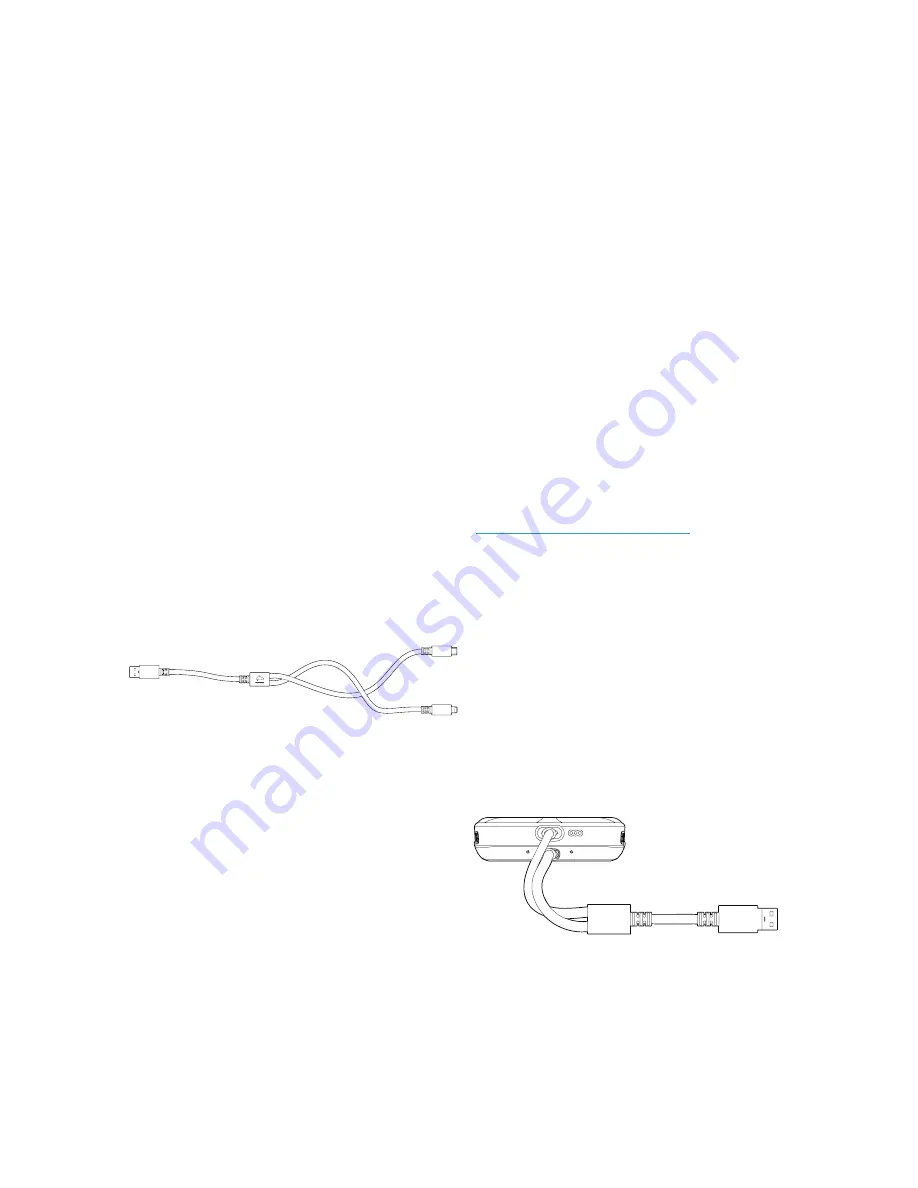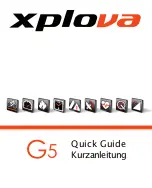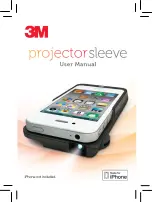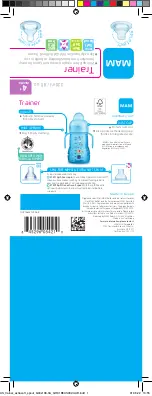
P R I V O R O . C O M
APPENDIX
Handling
Handle the SafeCase with care. The SafeCase contains
a lithium-ion battery, metal, plastic and electronic
components. To avoid damage to the SafeCase
and the battery, take care not to puncture, drop,
burn or crush the SafeCase. The SafeCase is not
water-resistant or waterproof. Avoid exposing the
SafeCase to excessive moisture or liquid. Should the
SafeCase become damaged, discontinue use.
Repair
Do not attempt to open or repair the SafeCase. Opening
the SafeCase will invalidate any and all warranties.
Battery
Do not attempt to change the SafeCase battery. Improper
replacement of the battery could result in fire, overheating
and injury. Attempting to replace the battery will invalidate
any and all warranties. The lithium-ion battery in your
device should be serviced or recycled by Privoro or an
authorized service provider and must be recycled or
disposed of separately from household/municipal waste.
Charging
The SafeCase comes with a 2-in-1 charging cable:
USB-A split to Lightning (charge and sync) and USB-C
(charge only). For optimal charging it is recommended
you use a Privoro SafeCase charging cable. SafeCase
has a maximum input current of 1200mA.
Using damaged cables or charging when moisture
is present can cause fire, electric shock, injury
or damage to SafeCase or other property.
Operating temperature
The SafeCase is designed to work in ambient temperatures
between -4° and 113° F (-20° and 45° C). The SafeCase may
be damaged and battery life shortened if stored or operat-
ed outside of these temperature ranges. SafeCase may be
used in tropical climate regions.
SafeCase battery charging may be limited if the
interior temperature of the SafeCase exceeds normal
operating temperatures (for example, in a hot car or
in direct sunlight for extended periods of time).
Radio frequency (RF) interference
Observe signs and notices that prohibit or restrict the use
of electronic devices (for example, in healthcare facilities
or blasting areas). Although SafeCase is designed, tested
and manufactured to comply with regulations governing
radio frequency emissions, such emissions from SafeCase
can negatively affect the operation of other electronic
equipment, causing them to malfunction. When use is
prohibited, or when asked to do so by authorities, turn
off SafeCase to turn off its wireless transmitters.
Using the iPhone
The SafeCase works with the iPhone 12. While
using SafeCase, follow all of the iPhone safety
and handling instructions, which can be found at
https://support.apple.com/manuals/iphone
Care and cleaning
Avoid exposing the SafeCase to dirt, debris and acidic
substances that might disrupt the ability to raise and
lower the base tray. Avoid exposing the SafeCase
to moisture or liquid that may impact the SafeCase
performance and functionality. If the SafeCase comes
in contact with any debris or liquid, immediately clean
and dry the SafeCase with a lint-free cloth on exterior
surfaces. Use a compressed air product to clean the
lowered base tray. Do not use compressed air on the
phone’s Lightning port or SafeCase’s USB-C port.
Using connectors, ports and buttons
The charging cable that comes with SafeCase has
two connectors. Always confirm the connector and
port match. Do not force a connector into a port or
apply excessive pressure to a button. This may cause
damage that is not covered under the warranty.
Appendix C: Safety and handling
WARNING: Follow these safety instructions to avoid fire, electric shock, injury, damage to SafeCase or other property.
C H A R G I N G C A B L E
attached to SafeCase
T W O - I N - O N E C H A R G I N G C A B L E


































